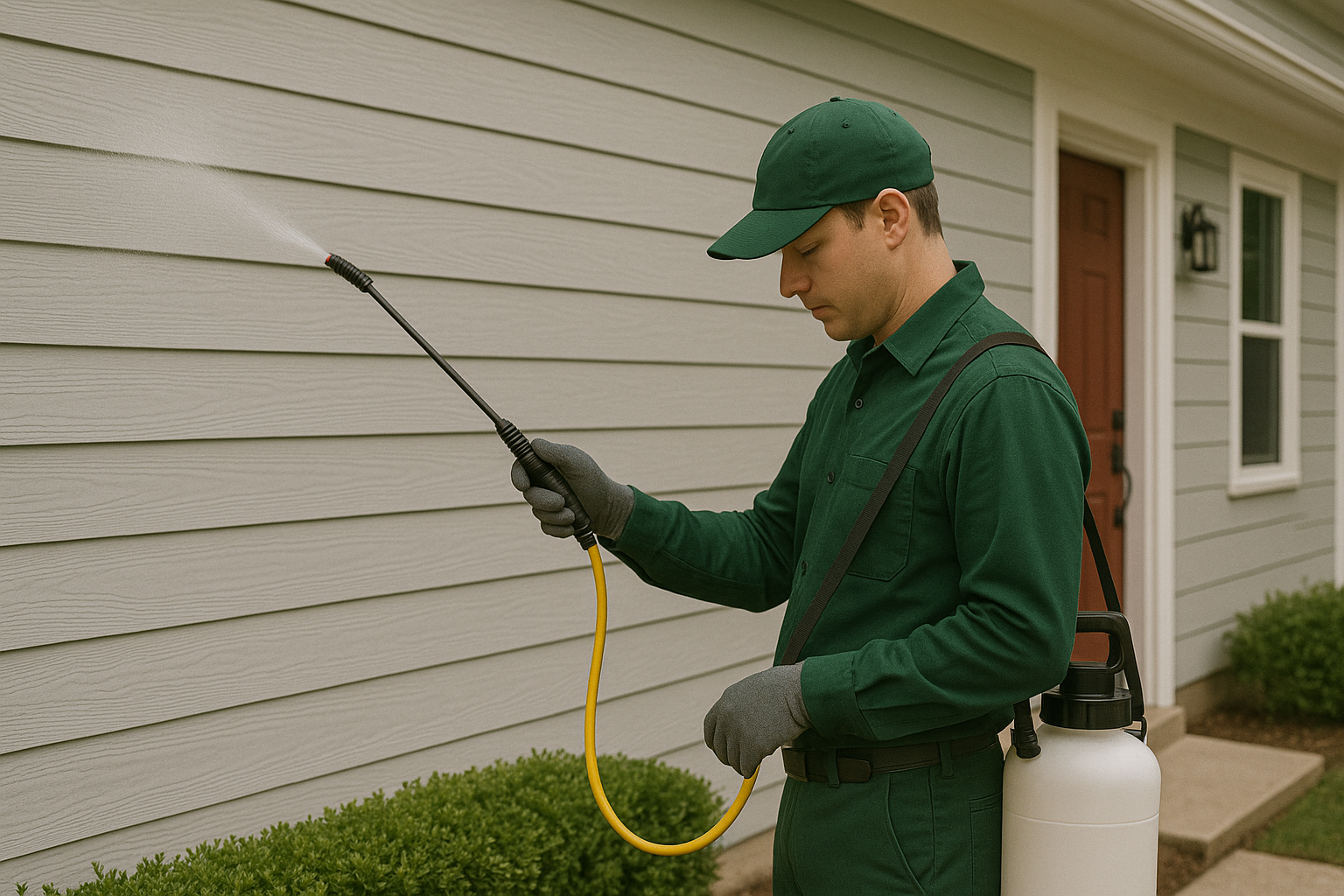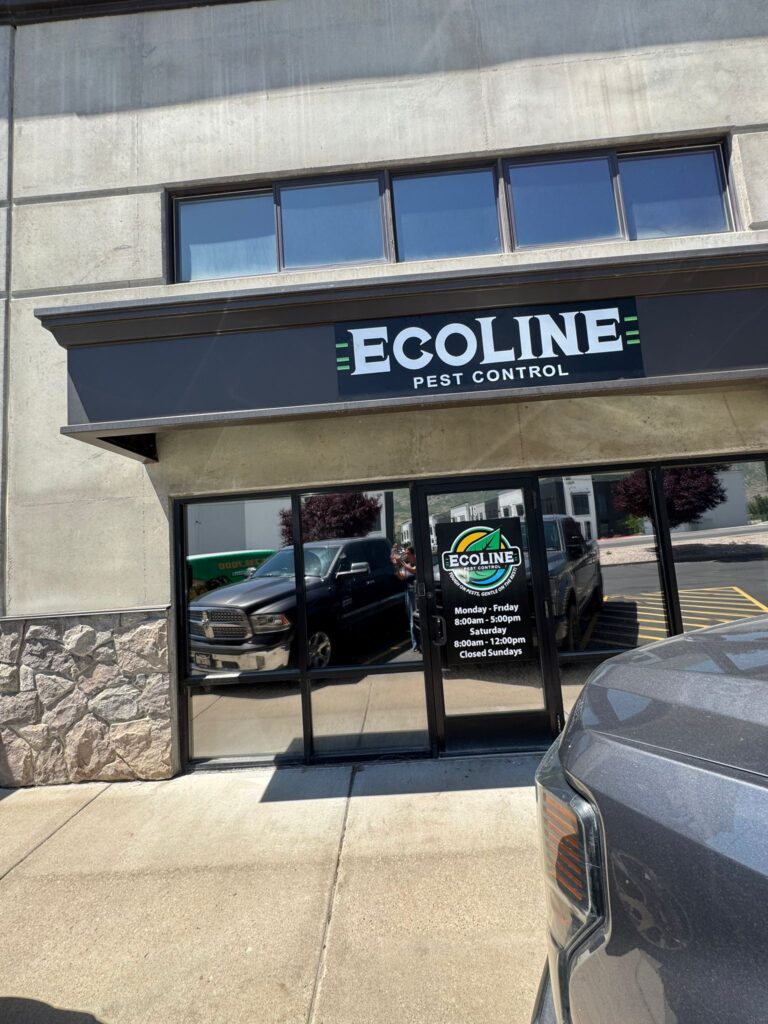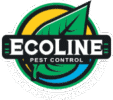The Dangers of DIY Pest Control Methods

For many homeowners, discovering pests like ants, spiders, bed bugs, mice, or wasps triggers an urgent need to take action. A quick online search or trip to the hardware store might feel like a fast fix, but relying on DIY pest control often leads to more harm than help. Without professional knowledge, what begins as a minor issue can escalate into a costly or dangerous situation. Understanding the risks of self-applied treatments is essential to making informed decisions that protect your home, health, and long-term comfort.

Chemical Misuse and Safety Hazards
A significant concern with DIY pest control lies in how chemical treatments are used. Over-the-counter pesticides may appear straightforward, but their effectiveness depends heavily on precise dosage, timing, and placement. Most homeowners lack the training to handle these substances correctly, which can lead to unintended exposure or environmental contamination.
Improper pesticide use can:
- Irritate the skin, eyes, or lungs of humans and pets
- Contaminate surfaces used for food preparation
- Cause harm to local wildlife or pollinators
- Increase pesticide resistance among pest populations
For instance, bed bugs and ants can develop a higher tolerance to common sprays if exposed repeatedly in low doses. When pesticides are used incorrectly, pests may survive and adapt, making professional pest control more complex and urgent down the line.
Surface-Level Fixes Don’t Solve the Real Problem
One of the biggest traps in DIY pest control is the assumption that visible treatment equals complete eradication. Spotting ants on a counter or spiders near windows may prompt homeowners to apply sprays or traps in the area, thinking the problem is under control. Unfortunately, most infestations originate from hidden nests or breeding grounds that store-bought methods can’t reach.
DIY solutions often fail to:
- Detect and treat hidden pest harborage
- Disrupt pest reproduction cycles
- Seal structural vulnerabilities or entry points
- Address environmental factors that attract pests
Without addressing the underlying source, pests continue to return. Mice, for example, can enter through gaps as small as a dime and reproduce rapidly if nests go undisturbed. For a more strategic approach to protecting your home, it helps to understand the value of layered pest protection rather than reactive, surface-level treatments.
Health Risks Are Often Underestimated
Some pests pose direct health risks to residents, especially in sensitive environments like bedrooms, playrooms, or kitchens. DIY pest control methods typically focus on removal, but neglect the health and sanitation issues pests leave behind. From allergens to bites, the risks may persist even after a treatment is applied.
Consider these potential outcomes:
- Mouse droppings and urine may contaminate stored food or surfaces
- Spider bites from certain species may cause localized reactions
- Bed bug bites can lead to infection and sleep disruption
- Wasp stings may trigger allergic reactions or panic, especially in children
DIYers often lack the tools and experience to fully clean and sanitize affected areas, especially when pests have entered wall voids or nesting materials. Professional pest control ensures that not only are the pests eliminated, but the environment is properly restored and safeguarded.
Off-the-Shelf Products Lack Customization
What works for one home may fail entirely in another. Many over-the-counter pest control solutions are general-purpose and lack the adaptability required for complex or recurring infestations. Pest behavior is influenced by climate, building structure, and surrounding vegetation, none of which are factored into DIY treatments.
DIY products usually:
- Are not formulated for specific pest species
- Do not offer long-term prevention
- Provide little to no support in exclusion or sanitation planning
- Require frequent reapplication with limited effectiveness
Ants and mice, in particular, exploit overlooked details like gaps around doors, leaky pipes, or pet food left out overnight. These pests require tailored control strategies, including monitoring tools and preventative barriers, which are not included in most off-the-shelf kits. For many, a more advanced strategy becomes necessary, something often covered in the reasons to hire pest professionals.
Higher Long-Term Costs from Trial and Error
DIY pest control is often pursued under the impression that it saves money. But in many cases, the long-term costs far outweigh the initial savings. When infestations persist or worsen due to incomplete treatment, homeowners may end up spending more on follow-up products, property repairs, and emergency services.
Hidden costs may include:
- Structural damage caused by mice or carpenter ants
- Replacement of infested mattresses or furniture
- Repeated purchases of ineffective sprays and traps
- Time lost to ongoing monitoring and cleanup efforts
Moreover, each failed attempt allows pests to continue breeding or nesting, complicating the next round of control. Once pests become embedded in walls, ceilings, or insulation, professional intervention is no longer optional; it’s essential. Addressing pest issues early with the right expertise can often reduce both financial and health-related consequences.
Let Experience Take Over
DIY pest control may offer a sense of control, but the risks and limitations are significant. When dealing with pests that threaten your family’s well-being or property value, relying on professional pest control ensures that the job is handled with precision, safety, and long-term results.Take the uncertainty out of pest control and get the reliable protection your home deserves. Reach out to Ecoline Pest Control and let our team take the lead with safe, proven solutions tailored to your needs.


